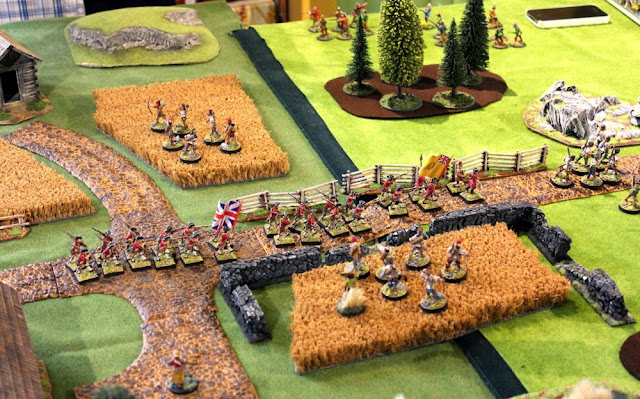



During the American Revolutionary War, Landgrave Frederick II of Hesse-Kassel (a small independent country in northern Hesse) and other German princes hired out some of their regular army units to Great Britain for use to fight against the rebels in the American revolution. About 30,000 of these men served in North America. They were called Hessians, because the largest group (12,992 of the total 30,067 men) came from Hesse-Kassel. They came not as individuals but in entire units with their usual uniforms, flags, weapons and officers.

Units were sent by Count William of Hesse-Hanau; Duke Charles I of Brunswick-Wolfenbüttel; Prince Frederick of Waldeck; Margrave Karl Alexander of Ansbach-Bayreuth; and Prince Frederick Augustus of Anhalt-Zerbst.
The Hessians did not act individually. Their princes determined whether to hire out the units. Many of the men were press-ganged into Hessian service. Deserters were summarily executed or beaten by an entire company.
Hessians comprised approximately one-quarter of the forces fielded by the British in the American Revolution. They included jäger, hussars, three artillery companies, and four battalions of grenadiers. Most of the infantry were chasseurs (sharpshooters), musketeers, and fusiliers. Line infantry were armed with muskets, while the Hessian artillery used three-pounder cannon. The elite Jäger battalions used the büchse, a short, large-caliber rifle well-suited to woodland combat. Initially the average regiment was made up of 500 to 600 men. Later in the war, the regiments had only 300 to 400 men.
About 18,000 Hessian troops first arrived in North America in 1776, with more coming in later. They first landed at Staten Island in New York on August 15, 1776. Their first engagement was in the Battle of Long Island. The Hessians fought in almost every battle, although after 1777, the British used them mainly as garrison and patrol troops. An assortment of Hessians fought in the battles and campaigns in the southern states during 1778–80 (including Guilford Courthouse), and two regiments fought at the Siege of Yorktown in 1781.
Americans, both Rebel and Tory, often feared the Hessians, believing them rapacious and brutal mercenaries. Hessian diaries frequently express disapproval of the British troops' conduct towards the colonists, including the destruction of property and the occasional execution of prisoners, the latter being doubly upsetting when American Germans were among them.












